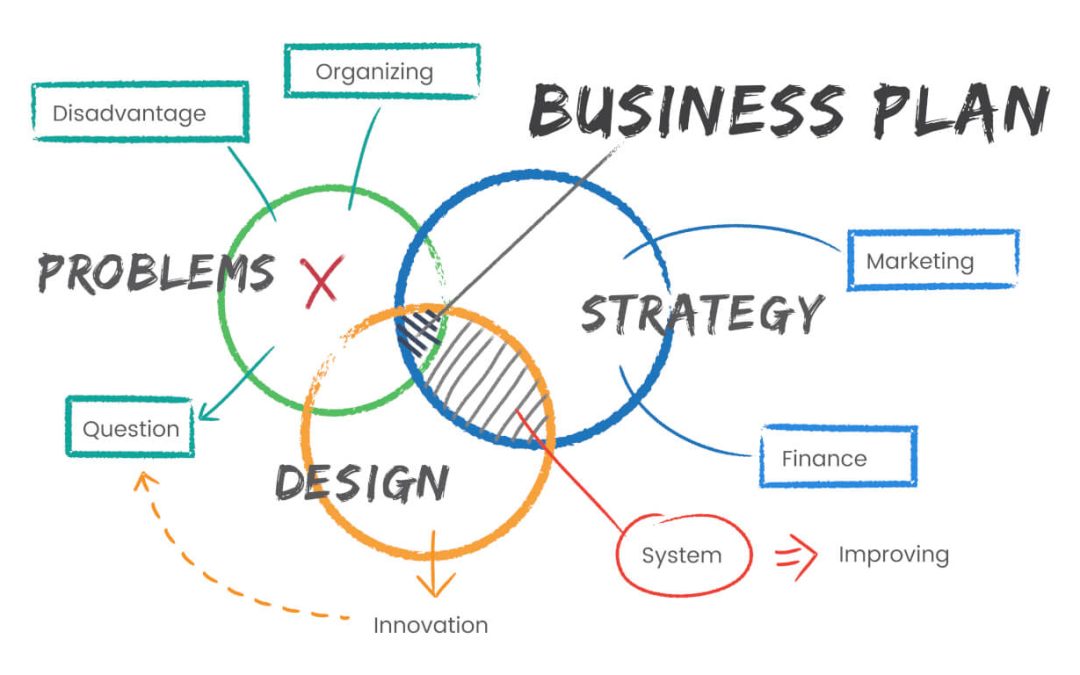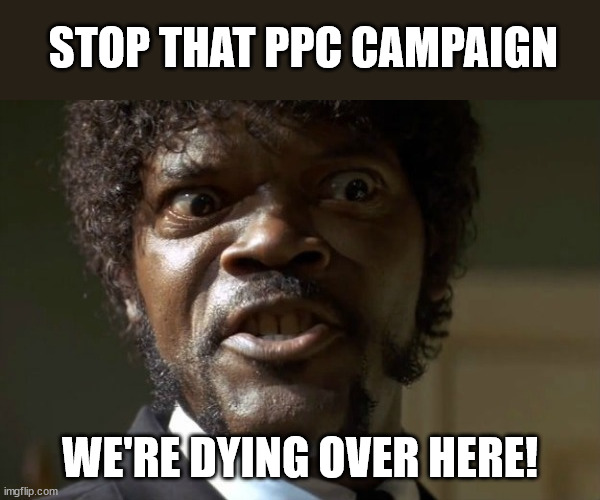You’ve probably heard this before, but just to be on the safe side: If your business doesn’t have a solid presence on the web, you can kiss your company’s future good-bye.
Being one of the most dynamic industries, Online Marketing is a daunting task even for pros, let alone the local office admin who gets piled with extra tasks every day: design the Newsletter, update the Facebook page, put a new blog post on the site, listen to what clients are saying about your services all over the internet, respond to Contact Us inquires from the website… the list goes on and on.
So how can a family-owned business handle all the work AND use the Internet to get new clients?
Well, there are three ways:
- Do It Yourself online marketing – the office staff handles everything: email marketing and correspondence, social media marketing, writing new blog posts on the site, keeping track of web traffic etc.
- Hire a cheap self-proclaimed marketing guru – get your neighbor’s kid who “knows stuff” to do some of the work, like writing blog posts or designing emails, but you still need the office staff to provide the main online push.
- Hire a marketing agency to handle your online presence – with this approach your staff focuses on money-making activities and you let the online stuff to a company that does that for a living.
Should I Do My Own Marketing As Part Of My Daily Chores?

Office staff and biz owners: don’t overwork yourselves with non-money-making activities (img from Mashable)
The simple answer is that local businesses should not even bother with learning and doing online marketing.
If it’s not part of your core business and a money-making activity, don’t do it.
Your time is better spent focusing on money-making activities. A recent survey published on SmallBizTrends Magazine shows that from those who do their own marketing, businesses spend 20 hours each month on marketing. That’s almost 3 full days of work dedicated to non-money-making activities like writing a newsletter or sharing info on social networks.
For electrical works, where on average each project takes about an hour to finish and the bill is $200, the business owner loses 20×200=$4000/mo. and they still end up with third-grade marketing that may on the long run be doing them more harm than good thanks to all the changes that Google introduces almost on monthly basis.
So, because of time constraints (time is your only non-renewable resource) and the dynamic nature of Online Marketing, it’s better not to waste any energy trying to do it yourself and risk losing clients because you spend time reading up on SEO.
There’s A Local Marketing Guru That Has A System, Should I Go With That?

Of course you can trust me with your business. I’ve got a ninja ranking SEO system!
A simple answer is: NO. If you read/hear “System” walk away. It’s 2014, not 1994. We’re so past the systems time.
There’s no universal system that works for all businesses in all locations.
I cringe whenever I hear of yet another guru with a killer system that makes seven figures. Yeah, he does make seven figures because he’s cheating people out of their money… because people like systems. But in a field where things change by the hour, you don’t really need a system but a sustainable strategy.
If you want to invest in your business’ future, go for Online Marketing providers that will first ask about your business, analyze your competition and then give you an action plan, and No, you won’t rank high for any actionable keywords within 2 weeks.
How Can I Tell The Difference Between Wannabes And Real Marketing Experts?

Acid test: Ask your potential SEO team if they heed SEO advice from Cutts and Sullivan. A YES would suffice.
The field of Online Marketing is so dynamic that it takes a professional about 2 hours a day just to stay up to date with all the changes, reading membership-only websites that most “gurus” never heard about.
Real pros keep real competitive SEO knowledge on the top shelf. It’s not freely available on blogs or on Facebook.
Google just launched Panda 4.0, a new ranking mechanism. To marketing amateurs, this means “Oh my God! I’m in trouble again. I’ll have to figure out a new system to get back my traffic.”
But for the professional marketer, this will be “Glad my sites will now rank even better with this new update.” And this is how you can tell between expert marketers and expert wannabes. Ask them how their work is affected by all the changes that Google is doing over the past 2 years.
If they answer in “systems” vocabulary, they’re chasing after the wind and although you may get some results from them, it will not be the greatest bang for your marketing buck. But if the marketing provider answers in terms of strategy, research and proven track record, then you know that these guys know what they’re doing and you can be certain that your marketing investment will pay dividends for your business.
The Numbers: Which Ones Really Matter?
If it’s web stuff, traffic growth is important. But traffic as a mere count of visits can be inflated. I had a client who signed up for a traffic exchange service (if it can be called service at all), where he got thousands of daily visitors that only clicked through the site for a minute and never showed any interest in what the business had to offer. What you’ll want to pay attention too is the relation between page views and web visitors. Usually, the graphs of these two figures will be very similar.
A steady growth of pageviews and visitors reveals that this is genuine site growth, not an inflated activity using false visitors.
The image above is a screenshot of the traffic (page views) and visitors over the past 2 years. The website was launched in January 2012. As you can see, the blue line (Pageviews) is almost identical to the Visitors, orange line. The big spike in June and July 2013 was the most active publishing period where we made a huge image gallery which drew in tons of traffic. After that, we did nothing on the site, no new posts. As you can see the overall trend is a steady growth despite all the changes that Google makes all the time.
This is a result of a well thought-through strategy that was then broken down to monthly action steps that we did for a long time. Now the site gets more and more traffic even though we are not actively publishing new materials on regular basis.






